This month, Amazon made headlines with its announcement of the opening of a new convenience store in Seattle that would go without one staple: cashiers. Using a combination of “computer vision, deep learning algorithms, and sensor fusion” to track purchases, Amazon Go allows customers check in to the store using a smartphone app and walk out with what they need, much as one enters and exits a subway station. A similar event occurred in October when the autonomous vehicle company Otto delivered 50,000 cans of beer in Colorado using a self-driving truck. What the headlines don’t convey is the potential impact on the millions of workers currently employed in the U.S. as cashiers and truck drivers. Though still in development, these two technologies signal major changes ahead for a labor force still adjusting to previous rounds of worker displacement from automation.
Sensors everywhere
In traditional stores, cashiers ensure that customers are charged the correct amount for purchased items. Amazon Go would use sensors and computers to precisely track the items that customers take off the shelf and charge it to their Amazon accounts as they leave. To replace the function of a cashier, this technology would have to verify exactly what items were taken by whom. The initial cost of such a system might outweigh the cost of hiring cashiers, but as the technology matures and prices fall, more stores may adopt it to stay competitive. Sensors continue a trend in retail automation and cost-cutting that began with self-checkout kiosks in grocery stores, restaurants, and elsewhere.
In a different configuration, the cameras, sensors, and computers that can track items purchased in a bricks-and-mortar store can also guide a cargo-laden truck down a highway. The driverless trucks under development by Otto would forgo the mandatory breaks that human truck drivers must take after a certain number of driving hours. Driving trucks with less downtime become more profitable, and algorithms that maximize the fuel efficiency could further reduce costs. Furthermore, driverless trucks would reduce traffic fatalities in one of America’s deadliest occupations. However, driverless trucks face some of the same regulatory concerns as driverless cars, and it could be some time before the technology and accompanying regulations are sufficiently developed for widespread adoption.
Workers everywhere
If these technologies scale up, their impact on employment could be enormous. In 2014, truck driver was the most common occupation in 28 states, employing 1.7 million workers; a further 3.4 million were employed as cashiers that year. These technologies replace the skills of millions of workers, and it’s unclear which industries would absorb them. However, it’s also possible that these technologies will complement the skills of workers, boosting their productivity and wages. For example, the number of bank tellers has increased since the introduction of ATMs. By automating deposits and withdrawals, ATMs allow banks open more branch locations with fewer tellers at each one. In a similar manner, automation in retail and transportation could raise demand for related skills like logistics management.
Automation has already had a major impact on manufacturing employment in the U.S.—now retail and transportation are also susceptible to automation. It’s unclear if and when new technologies will displace large numbers of workers in these sectors, but policymakers should prepare for this possibility. Focusing on employment growth sectors like health care and education (most common occupation in seven states) would help new workers adjust to automation. Education and training could also prepare displaced workers to take higher-skill jobs in their current industry, or to switch careers entirely. Without any preparation, increased automation will continue the trend of worker displacement. As technology advances, so should our labor policy responses.
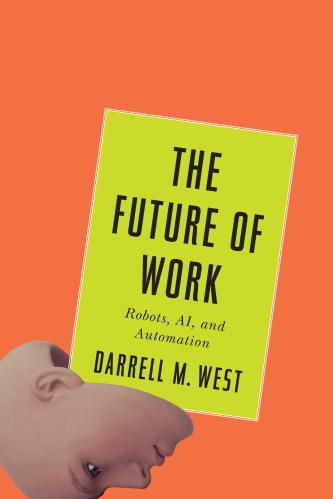

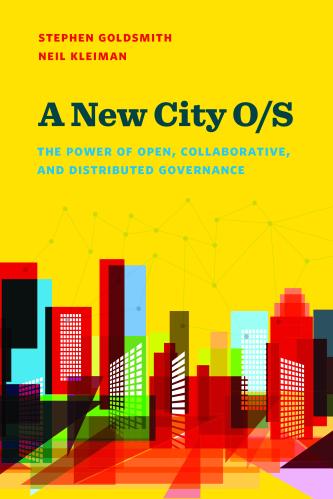
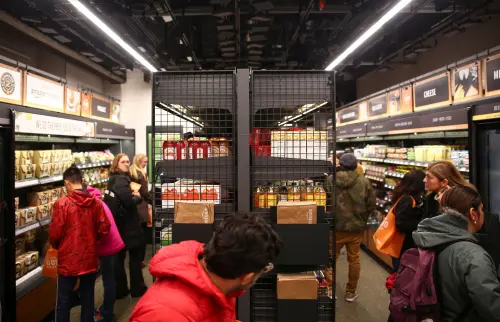
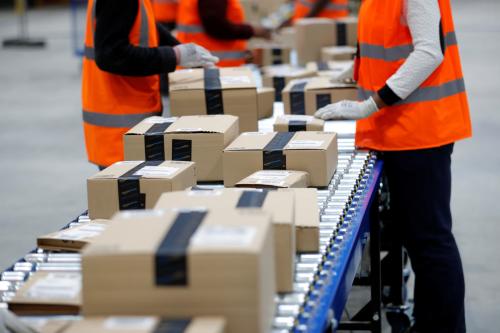
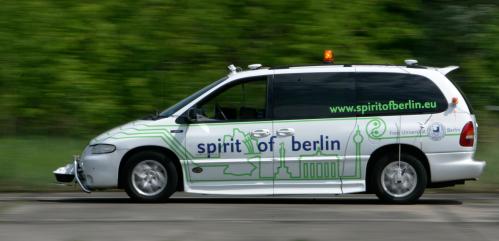





Commentary
Automation beyond the factory
December 15, 2016